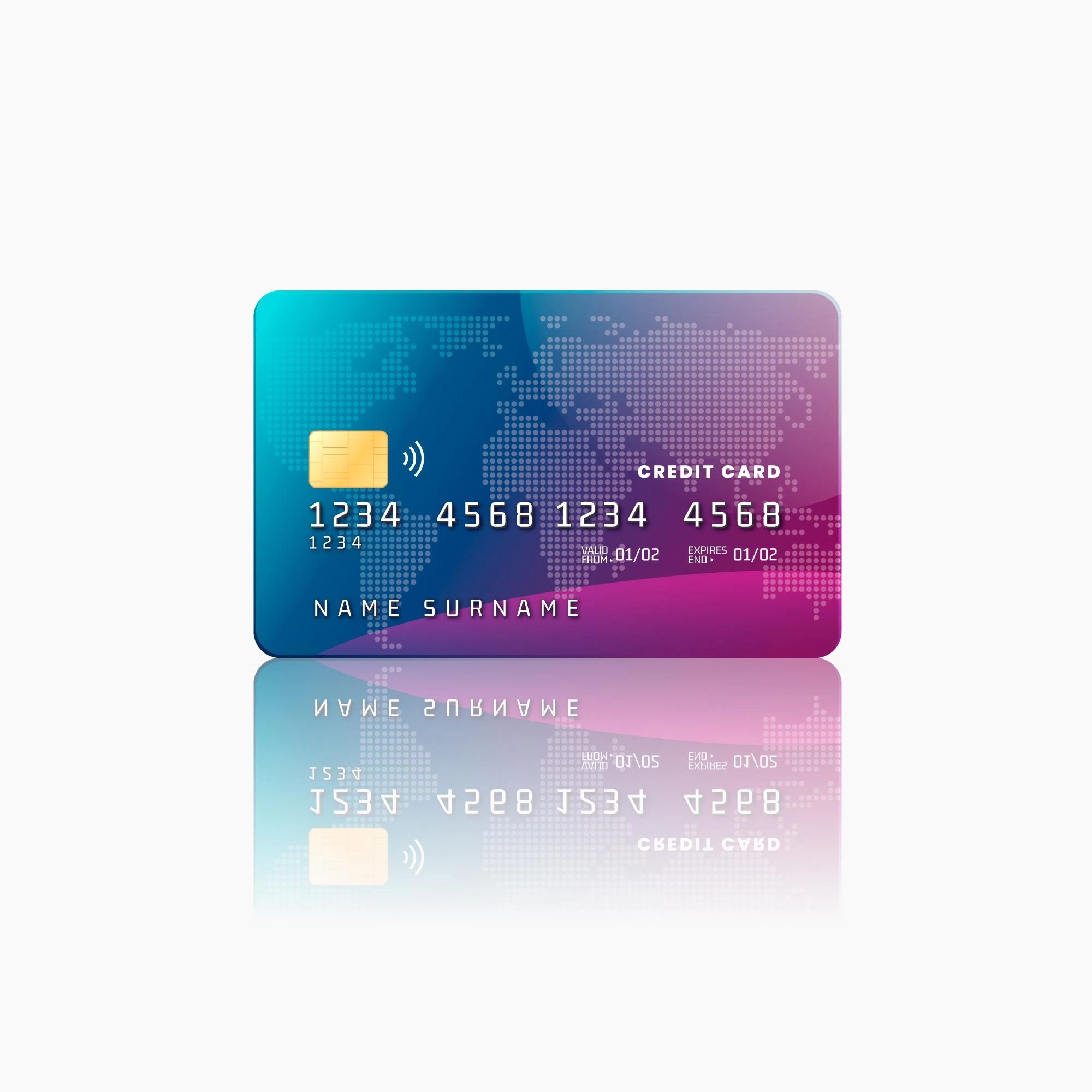Applying for an ATM card is a straightforward process that offers convenience and ease of access to your bank account. This guide will walk you through the steps, requirements, and tips to ensure a smooth application process. Whether you’re opening a new account or need a card for an existing one, this article will cover everything you need to know.
Introduction
In today’s digital age, having an ATM card is almost essential. It allows you to withdraw cash, make payments, and manage your finances on the go. Applying for an ATM card can be done through various methods, each designed to cater to different needs and preferences.
Why You Need an ATM Card
An ATM card provides numerous benefits:
- Convenience: Withdraw cash from ATMs anywhere, anytime.
- Safety: Reduces the need to carry large amounts of cash.
- Accessibility: Manage your account and perform transactions easily.
- Online Purchases: Many ATM cards can be used for online shopping.
Steps to Apply for an ATM Card
1. Choosing the Right Bank
Before applying for an ATM card, you need to decide which bank to use. Consider the following factors:
- Location: Choose a bank with ATMs conveniently located near you.
- Services: Ensure the bank offers the services you need.
- Fees: Be aware of any fees associated with the account or card.
2. Opening a Bank Account
If you don’t already have a bank account, you’ll need to open one. Here’s how:
- Visit the Bank: Go to a local branch or visit the bank’s website.
- Provide Identification: You’ll need a valid ID, such as a passport or driver’s license.
- Proof of Address: Provide a recent utility bill or lease agreement.
- Initial Deposit: Some banks require a minimum deposit to open an account.
3. Requesting an ATM Card
Once your account is open, you can request an ATM card. This can usually be done in several ways:
- In-Person: Visit a bank branch and fill out an application form.
- Online: Log in to your online banking account and request a card.
- Phone: Call the bank’s customer service line.
4. Completing the Application Form
When filling out the application form, you’ll need to provide:
- Personal Information: Name, address, date of birth, etc.
- Account Details: Your account number and branch information.
- Identification: A copy of your ID and a recent photograph.
5. Verification Process
The bank will verify your details before issuing the card. This process may include:
- Checking Your Credit History: To ensure you’re eligible for an ATM card.
- Confirming Your Identity: The bank may contact you to confirm your application.
6. Receiving Your ATM Card
Once approved, you’ll receive your ATM card. This typically takes 7-10 business days. The card will be mailed to your registered address.
Activating Your ATM Card
1. Receiving Your PIN
Along with your card, you’ll receive a Personal Identification Number (PIN) in a separate mail. This is essential for activating and using your card.
2. Activating the Card
You can activate your card in several ways:
- ATM: Insert your card into an ATM, enter your PIN, and follow the instructions.
- Phone: Call the bank’s customer service and provide the required information.
- Online: Log in to your online banking account and activate the card.
Using Your ATM Card
1. Withdrawing Cash
To withdraw cash from an ATM:
- Insert Your Card: Follow the on-screen instructions.
- Enter Your PIN: Ensure no one else can see your PIN.
- Choose the Amount: Select the amount you wish to withdraw.
- Collect Your Cash: Don’t forget to take your card and receipt.
2. Making Payments
You can use your ATM card for payments in various ways:
- Point of Sale (POS): Swipe or insert your card at a POS terminal and enter your PIN.
- Online Purchases: Use your card details to make online payments.
- Bill Payments: Pay utility bills and other services through ATMs or online banking.
Safety Tips for Using Your ATM Card
1. Protecting Your PIN
- Memorize It: Don’t write your PIN down.
- Cover the Keypad: When entering your PIN at an ATM or POS.
- Change It Regularly: Update your PIN periodically for added security.
2. Monitoring Your Account
- Check Statements: Regularly review your bank statements for any unauthorized transactions.
- Set Alerts: Use online banking to set up transaction alerts.
3. Reporting Lost or Stolen Cards
- Immediate Action: If your card is lost or stolen, contact your bank immediately.
- Temporary Block: Most banks allow you to temporarily block your card through online banking.
Common Issues and Solutions
1. Card Not Working
- Expired Card: Check if your card has expired and request a new one.
- Incorrect PIN: Ensure you’re entering the correct PIN.
- Technical Issues: Sometimes, ATMs or POS terminals may have technical problems. Try another machine or contact your bank.
2. Unauthorized Transactions
- Report Immediately: Inform your bank as soon as you notice any unauthorized transactions.
- Dispute Process: Follow the bank’s procedure to dispute and resolve the issue.
Conclusion
Applying for an ATM card is a simple process that significantly enhances your banking experience. By following the steps outlined in this guide, you can ensure a hassle-free application and enjoy the convenience of managing your finances with ease. Remember to protect your card and PIN, monitor your account regularly, and report any issues to your bank promptly. With an ATM card, you can access your money anytime, anywhere, making it an indispensable tool in today’s fast-paced world.


